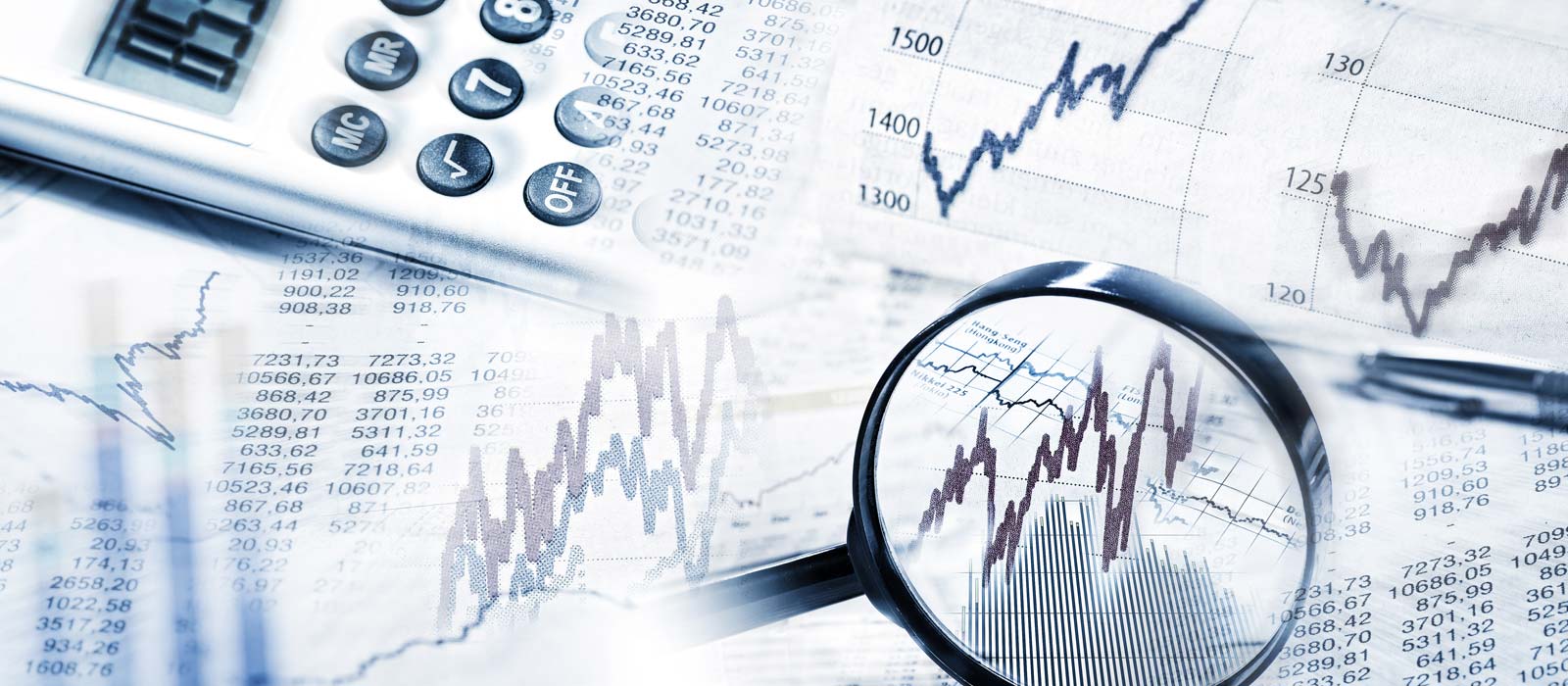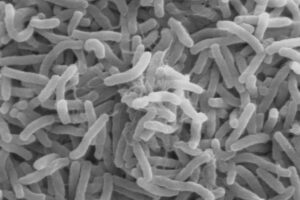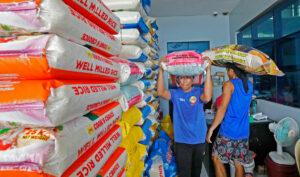ADB’s Economic Outlook

The pandemic was a stress test for many businesses, regardless of size. While the contagion drove weaker enterprises into insolvency, those which survived became stronger than ever. The pandemic pushed companies to re-imagine, re-invent, re-calibrate, re-set, and re-start their businesses towards greater efficiency. As the worst seems to be behind us, businesses are finally moving out of survival mode and looking to expand again.
But the business environment is fraught with uncertainty. The war in Ukraine continues to choke petroleum and wheat supplies causing price hikes across the globe. China’s continued lockdown has dampened economic prospects, especially in Asia. Add to this the looming financial crisis among debt-distressed countries like Sri Lanka. In the Philippines, the specter of a new government threatens to change the rules of the game. All these beg the question — What are the prospects for Southeast Asia and the Philippines in the next two years?
BusinessWorld’s recently concluded economic forum provided answers. The bi-annual event features local trailblazers and global thought leaders who provide rhyme and reason to the environment we operate in. The latest installment, entitled Revolutions 2022, was no different. Its keynote speaker, Asian Development Bank’s Chief Economist Albert Park, gave us a thorough appraisal of where we are in the recovery curve and what we can expect in the next two years, barring extraordinary events.
As we are very much aware, the Philippines economy rebounded in 2021 with 5.7% growth following a severe contraction of 9.6% in 2020. We were the second fastest growing economy last year due to low base effect and the recovery of consumer demand, fueled by government spending. Singapore was the fastest growing economy in 2021, clocking-in a 7.6% expansion. The entire ASEAN expanded by an average rate of only 2.9% last year, substantially slower than East Asia which grew by 7.6% and South Asia which grew by 8.3%.
Omicron had a minimal effect on ASEAN economies. The Purchasing Managers Index (PMI) of southeast Asian economies shows that trade and commerce remained generally open and continued to expand despite the wave of infection. Outside the region, China was the most affected, what with its draconian lockdown that is in force until today.
The prognosis for the Philippines is 6% growth in 2022 and 6.3% in 2023. This corresponds to the recently adjusted growth rate of the National Economic and Development Authority (NEDA). ASEAN will grow by 4.9% in 2022 and 5.2% in 2023 with Vietnam leading the charge. Vietnam’s economy is driven by exports and investments and it is poised to expand by 6.5% and 6.7% this year and next.
Inflation in developing Asia will remain manageable at 3.7% and 3.1% in the next two years which is the lowest in the world. Fortunately, most Asian economies are self-sufficient in rice and are not severely affected by the wheat shortage as Europe and the Americas are. Moreover, developing Asia did not flood their economies with money supply as Europe and North America did.
The Philippines, being a net importer of rice, food supplies and petroleum, will see inflation rise to 4.6% this year. It is seen to taper off to between 2% and 4% in 2023.
As for interest rates, the monetary stance of most ASEAN central banks will be accommodative. It will remain relatively flat as government tries to spur investments.
However, the ADB expressed concern over the budget deficits and elevated debt levels across developing Asia. In the Philippines, the budget deficit was at $33 billion or 8.6% of GDP, which raises red flags. As we move forward, it will be a balancing act for the Marcos government as it controls spending to narrow the deficit while not choking economic expansion.
There is no way out of it, the Philippines and most of developing Asia must increase their tax collection bases, stressed Park. As of last year, the revenue to GDP ratio of the Philippines was 15.5% of GDP, dropping from its peak of 16.9% in 2019. The ADB recommends increasing collection efficiency by clamping down on tax evaders, delinquents, and smugglers. It also recommends a simplified manner of assessment and collection through digitization. The possibility of increasing VAT is not ruled out — neither is the suspension of fiscal incentives granted to certain sectors. Other taxes that can be imposed include environmental taxes, health taxes, progressive income and property taxes. There is a potential to increase tax collection by 3% to 4% of GDP more than current levels.
Not to be overlooked is the need to accelerate non-tax revenues including fresh investments, exports, tourism earnings, and the like.
Business opportunities must be created by the government and this can be achieved by fostering greater economic integration with the rest of the world. For the Philippines, it cannot afford to be left out of the Regional Comprehensive Economic Partnership (RCEP).
ADB encourages the Philippines to invest more in education. Studies show that for every one year of school closure, the lifetime earnings of affected students are reduced by 8-9%. In the Philippines, that number is doubled, what with our two-year closure because of the COVID-19 pandemic. Female students of impoverished families were most affected. The effect on future GDP is a reduction of 13% per year when the current batch of students enter the workforce.
Investments in the digitization of government offices will bode well for public efficiencies and to curb corruption. Meanwhile, investment in renewable energies is a must as we have made commitments to the United Nations Framework Convention on Climate Change to reduce our carbon emissions by 75% by 2030.
Although the worst of the pandemic may be behind us (hopefully), its scars are still very much evident. The next two years will be crucial as we lay the foundations for sustained recovery and growth.
Andrew J. Masigan is an economist
Facebook@AndrewJ. Masigan
Twitter @aj_masigan




